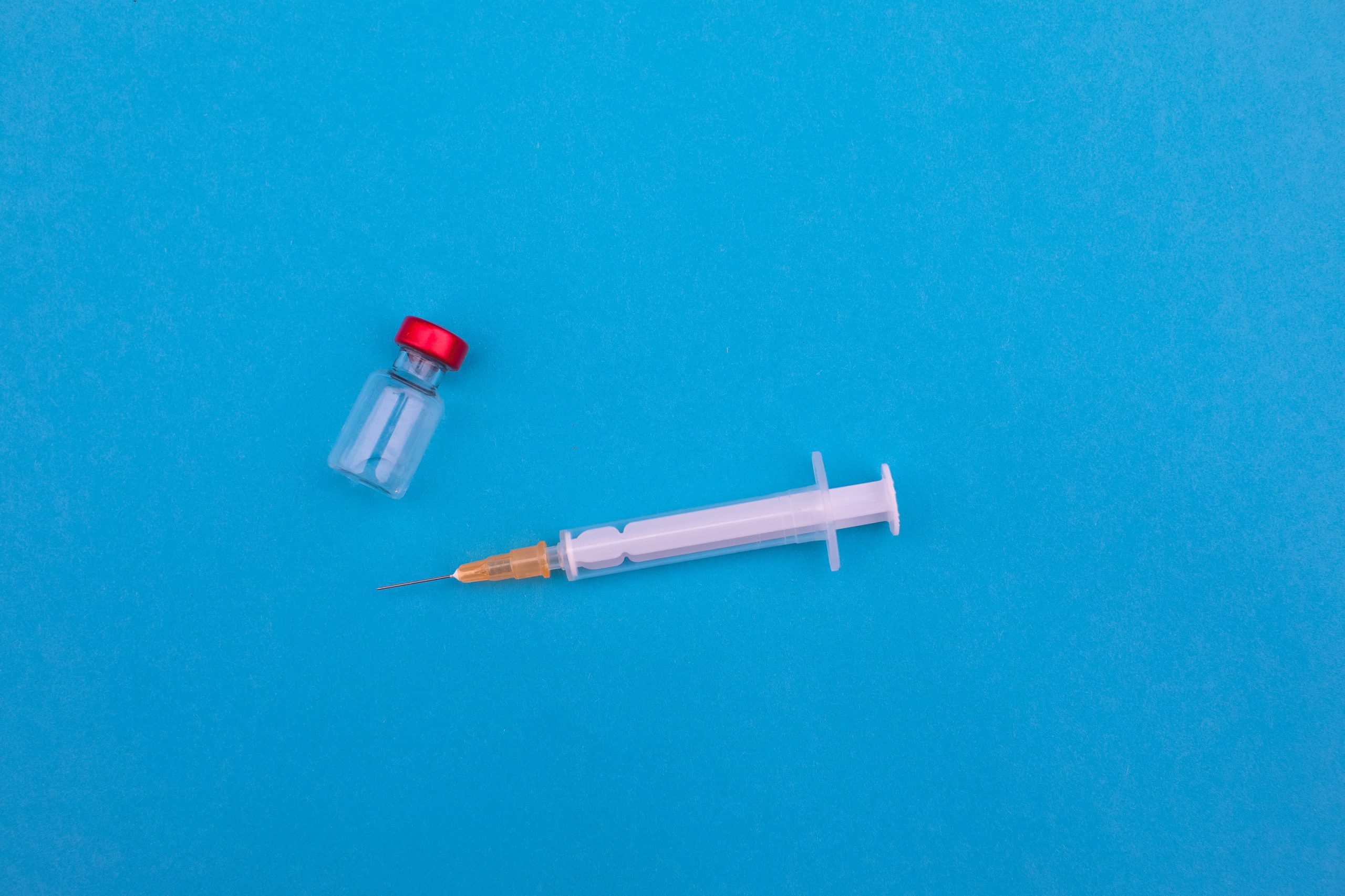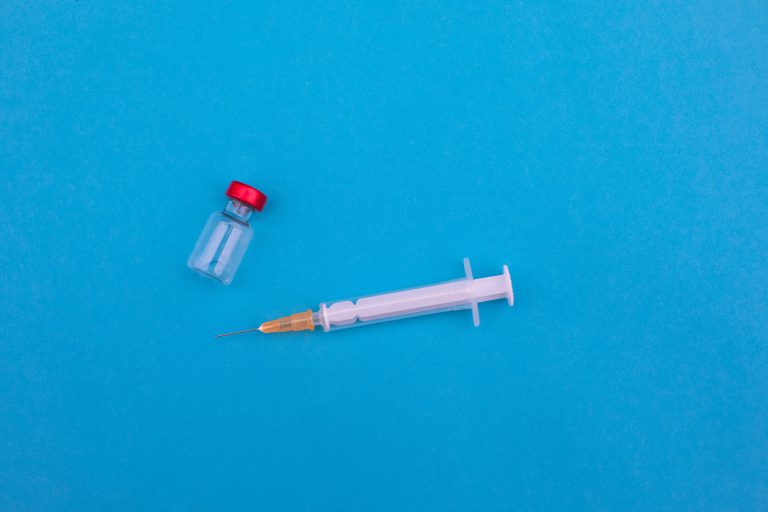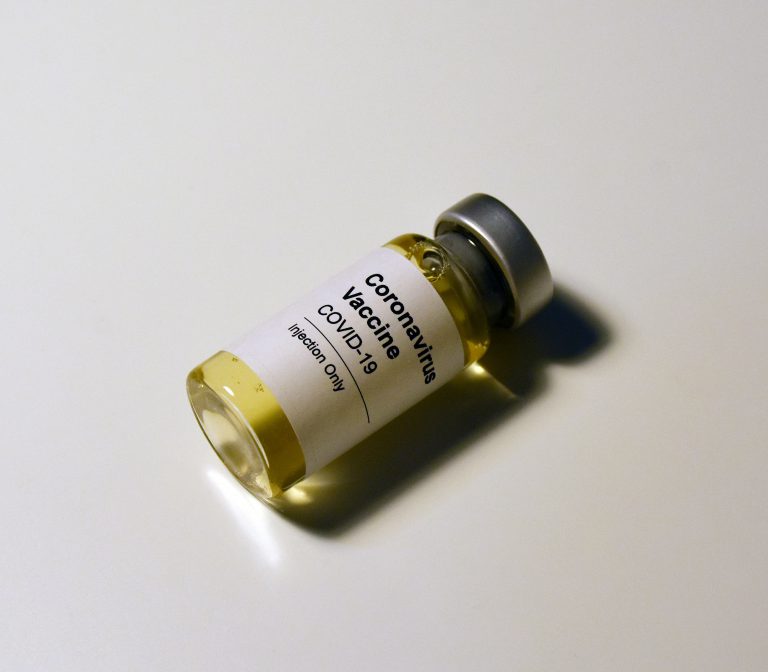After months of constant battling with the novel Coronavirus (COVID-19), healthcare establishments have finally gotten the good news that they’ve been waiting for: the first doses of vaccines have been rolled out in some countries and more to other countries soon.
With different pharmaceutical firms, such as Pfizer and Moderna, moving double-time to ensure that every healthcare professional is protected, doses are being prepared for shipping by the millions. This essentially means that most, if not all, frontliners treating those affected by the pandemic will be provided with much-needed immunity from the deadly virus.
Fast action in America
As food and drug administrations around the world work against the clock to test, inspect, and approve COVID-19 vaccines, it’s clear that the hopes of a fully-vaccinated international frontline are bound to manifest soon.
In the case of the American healthcare industry, the December 14 administration of Pfizer’s U.S-approved COVID-19 vaccine came just three days after the Food and Drug Administration gave the go-signal for the two-dose product. At this rate, a full initial round of 2.9 million COVID-19 vaccine doses has made its way to major establishments all over the country. However, the FDA and pharmaceutical manufacturers hope to fulfill the full 20 million expected for the month.
When it comes to selecting recipients, the Pfizer-BioTech vaccine allocation has been determined based on the population data of all 50 states and the different plans they have on a state-level approach. It is worth noting that the allocation is also being determined by the December 1 recommendations by the Advisory Committee on Immunization Practices (ACIP) of the Centers for Disease Control and Prevention (CDC).
How about the citizens?
For the United States of America, matters may be letting up because Pfizer, in collaboration with the United States government, announced that it had allotted 100 million doses for US residents, meaning that 50 million will be immunized.
Conversely, more supplies are expected to come in after an FDA advisory panel meets to consider the approval of a separate, single-dose vaccine manufactured by Moderna. While the second manufacturer has 20 million doses allocated and expected for delivery in the meantime, Moderna also aims to follow its efforts up with 30 million more doses in January, and at least 50 million more by the end of March.
Who is paying for these vaccines?
Based on available information, it has been made clear that the federal government will be paying for specific particulars in the country’s fight against the pandemic, such as the following:
- The cost of the vaccines themselves (indiscriminate of which manufacturer makes it, as long as it is FDA-approved)
- Ancillary supplies (such as syringes, needles, and cotton)
- Distribution-related logistical costs
Although the government is not expected to pay for the costs that arise from the administration itself, private and public medical insurance companies have committed to covering costs. For instance, Medicare will pay $28.39 to administer single-dose vaccines (such as those manufactured by Moderna). Likewise, it will also cover multi-dose vaccines by paying $16.94 for initial doses and $28.39 for the final dose in the series.
Conclusion
With the promise of effective, tested, and authority-approved vaccines on the horizon, it is safe to say that the battle posed by COVID-19 may be coming to its end soon. Healthcare patients and establishments alike can expect some form of relief within the coming weeks as more contracts for doses are signed, and administration schedules are underway!
If you’re looking for the best health and medical news in the American healthcare industry, subscribe to our newsletter at Dose of Healthcare today!



















